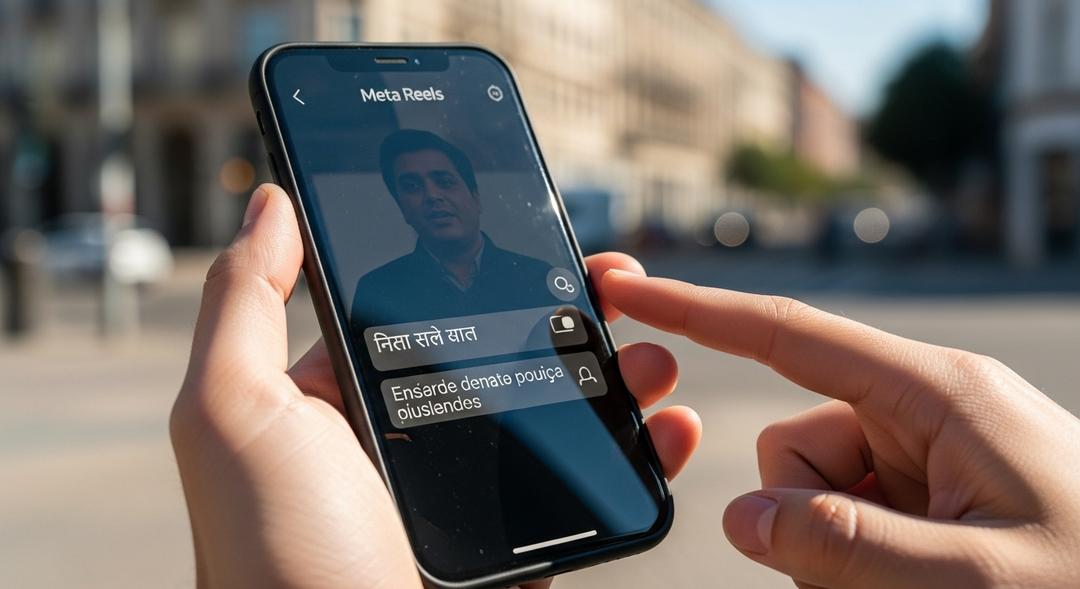Reels on Instagram and Facebook will now support automatic translations in Hindi and Portuguese, opening doors for millions of users in India and Brazil to engage with content beyond English and Spanish, as detailed in Meta launches AI-powered Reels translation for Instagram and Facebook.
Instant translation for Reels debuted earlier with just two languages, but now creators and viewers alike are being offered more choices. Users can simply activate automatic translation for Reels in their chosen language, making it possible to enjoy videos that were originally filmed in unfamiliar tongues.
Reaching New Audiences with AI Translation
For creators, enabling translation is straightforward. Before posting a Reel, they can toggle the translate option and select which languages their video should be rendered in after reviewing the AI’s dubbing and lip sync.
Voice translation is just one part of Meta’s vision. Support for text and caption translation is on the horizon, so anyone watching Reels without sound will not be left out. Soon, viewers will have the option to translate on-screen captions or sticker text into their native language.
The promise from Meta does not stop there. In the coming months, a new voice-dubbing feature will keep a creator’s original voice and tone intact while matching lip movements more closely, creating a more authentic experience for audiences everywhere.
Instagram head Adam Mosseri summed up the push for broader access by saying, “We believe there are lots of amazing creators out there who have potential audiences who don’t necessarily speak the same language.” He added, “And if we can help you reach those audiences who speak other languages, reach across cultural and linguistic barriers, we can help you grow your following and get more value out of Instagram and the platform.”
Facebook already introduced this multi speaker AI tech to creators using Reels, and now Instagram will see the same update. For users and creators in countries with booming social communities, a global audience is just a translation away.
Google’s YouTube may also be stepping up its own video translation features, but Meta’s latest moves aim to keep the entire digital world talking, listening, and understanding each other with fewer barriers than ever before.








